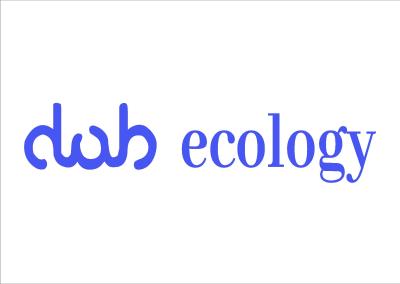Mangrove Capital Africa


What is the Mangrove Capital Africa program?
Mangrove Capital Africa is a ten-year program led by Wetlands International and funded by DOB Ecology. Its goal is to preserve and restore African mangrove ecosystems for the benefit of people and nature. By 2027, we hope that 1 million hectares of African mangroves will be conserved or restored, preserving their biodiversity while benefiting some 2 million people.
Where is it implemented?
We have chosen to initially focus on two sites, the Saloum and Rufiji deltas, due to their exceptional biodiversity and importance to local economies. In the coming years, we plan to expand our work to other sites, including the Senegal River Delta, Lamu in Kenya, Cacheu/Bijagos in Guinea-Bissau, the Niger Delta, Ruvuma Bay in Tanzania/Mozambique, the Zambezi River in Mozambique, Sierra Leone, Congo (Brazzaville), Guinea, and Madagascar.
As always, we do not act alone. We identify the communities and local authorities that benefit from mangroves. We are also part of the Mangrove Global Alliance and hope to contribute to its goal of expanding the global mangrove area by 20% by 2030.
Why protect mangroves?

Healthy mangroves are home to numerous animals, from manatees in their coves to sea turtles nesting on the beaches protected by their roots. Millions of migratory birds feed on the crabs and shrimp that thrive in the shallow waters of the mangroves.
The tangle of roots, branches, and waterways of a mangrove forest protects against storms coming from the ocean, absorbing the force of waves before they reach people. This will become even more important as climate change raises sea levels and triggers storms. Healthy mangrove forests also store large amounts of carbon, five times more than continental forests.
Finally, fisheries productivity and other socioeconomic activities depend entirely on the health of mangroves.
Learn more about Mangrove Capital Africa in East and West Africa.

Donor:

